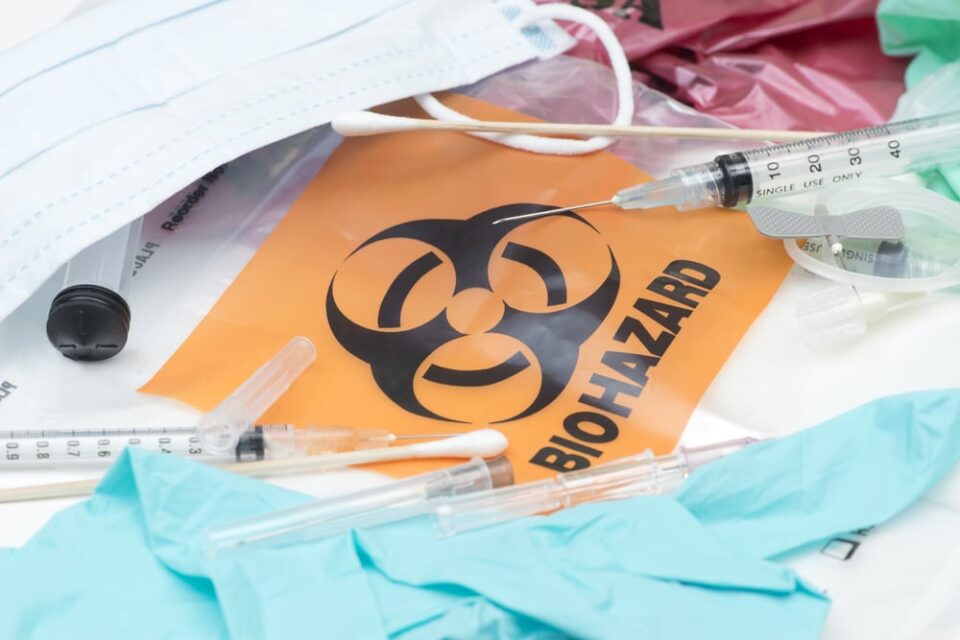Do you know how much medical waste your business is creating? As a healthcare business manager, it’s important to be aware of the amount of medical waste your business is creating. In this blog, we’ll discuss how to reduce and manage medical waste in your workplace.
We’ll provide practical tips for health businesses on minimizing their impact on the environment while protecting their employees and staff. Get ready to become an expert in managing and reducing medical waste!
Causes of Medical Wastes
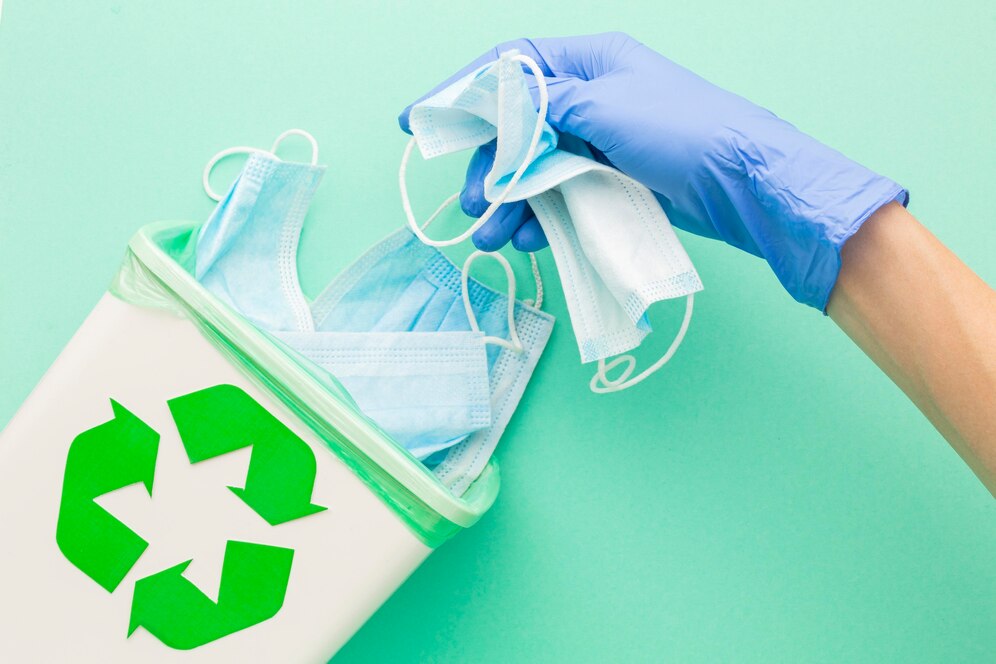
Medical waste is generated during the diagnosis, treatment, immunization and research related to health and medical care of both human and animals. Poor handling, disposal and inappropriate treatment of these wastes can lead to potential risks including infection, environmental contamination and exposure to hazardous substances.
Health related businesses should take extra caution when it comes to medical waste management as irresponsible practices can jeopardize their staff, customers and the environment.
The primary causes of medical wastes include:
- Unsterilized/contaminated materials such as body tissues, blood or bodily fluids.
- Sharps such as needles, syringes or scalpels
- Pharmaceuticals (both hazardous and non-hazardous)
- Expired chemicals from laboratories
- Discarded packaging from sterile supplies
- Chemotherapy materials
- Radioactive materials from diagnostic testing
- Contaminated biomedical equipment
Effects of Medical Wastes
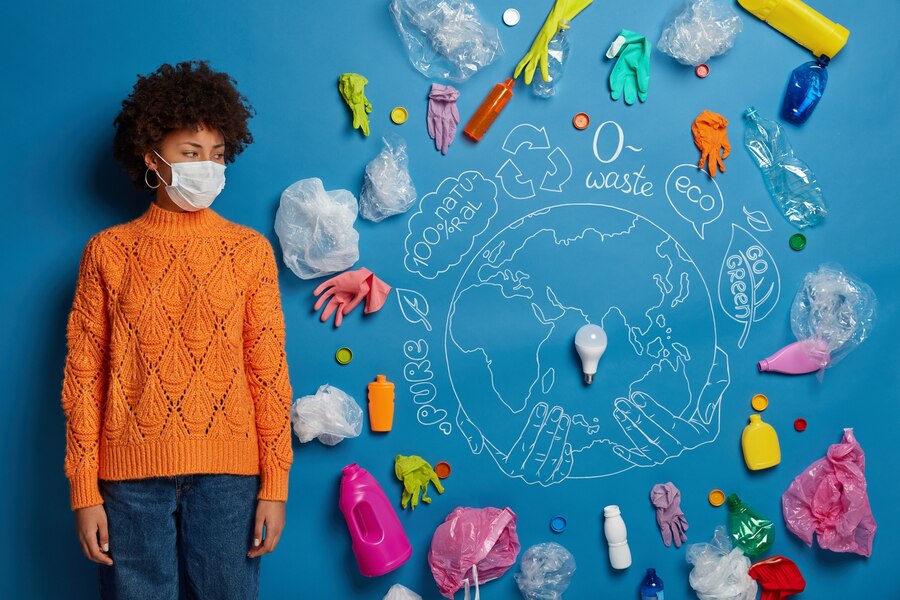
They can have short-term and long-term impacts on the environment, human health, and wildlife. Many hazardous medical wastes such as chemicals and toxins can directly cause health problems in humans, animals and ecosystems if they are not handled and disposed of properly.
Poor management of it leads to water and soil contamination, destruction of wildlife habitats, increased mortality rates in animals, fish kills, plant damage, eating disorders in birds due to plasticization of eggshells as a result of eventual bio-accumulation. Additionally poor management practices can lead to reduced air quality standards through the emission of toxins from waste incineration during disposal.
The short-term effects from it are often categorized into physical or chemical toxicity risks or biological toxicity risks.
- Physical and chemical toxicity risks come from hazardous materials such as radioactive substances, corrosive products (batteries acids), Solvents/detergents used for disinfection procedures that penetrate the water sheds when not disposed correctly leading to surface water contamination through runoff or leaching.
- Biological toxicity is mainly associated with syringes disposed off improperly leading to injuries by needle stick or contact with plasma/blood creating risk of transmittable diseases such as hepatitis or HIV among users who interact with these discarded items such as healthcare workers or scavengers collecting these items for income generation opportunities.
Managing Medical Wastes
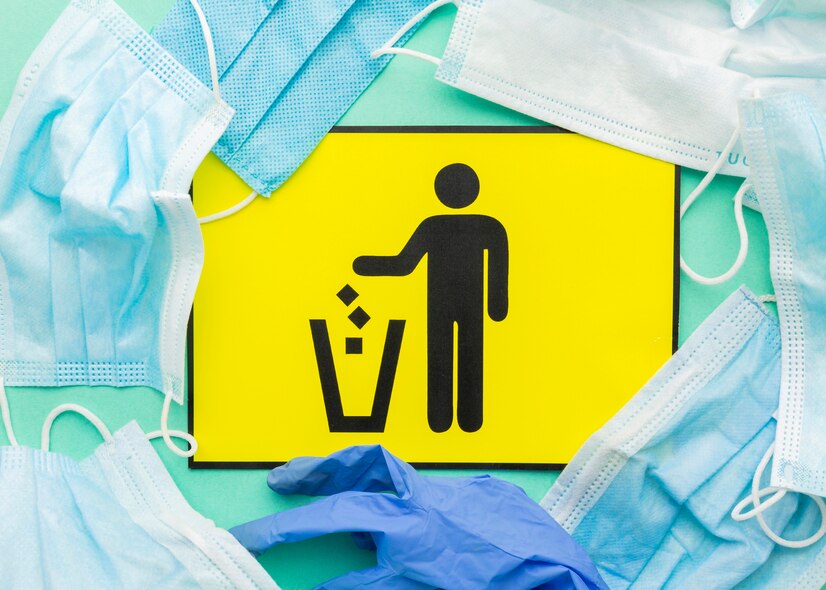
Managing it requires careful consideration of its collection, handling and disposal methods to minimize the risk of exposure to infectious and hazardous materials. Health businesses should have a medical waste management plan in place which outlines procedures for the handling, collection, storage and transport of medical wastes.
This plan should include directives relating to segregation processes, personal protective equipment (PPE) requirements, inventory and disposal tracking systems, emergency response plans and staff training protocols.
Health businesses should ensure that all medical staff are properly trained on procedures for safe handling of medical wastes as outlined in the management plan. Additionally, it is important to have adequate storage containers that are clearly labeled according to specific types of waste which adhere to safety standards.
For example, all red bags or containers used for sharp objects must be puncture-resistant with leak-proof seals – this helps both staff and collection workers handle the materials safely with reduced risk of injury or infection.
Regular cleaning schedules must also be implemented for all workplace areas that store or handle medical hazards – this includes cleaning surfaces (e.g., tables), equipment (e.g., Exam Room tables) and fixtures often with a disinfectant approved by local health authorities.
Proper shipping methods must also be used when materials are intended for incineration or landfill disposal; this often means using specialized shipping containers that meet federal regulations regarding transportation across state lines.
Finally, it helps to maintain records regarding all collection efforts including totals collected per lift/trip as well as accompanying manifests/shipping documents which provide evidence towards compliance with health regulations.
Strategies for Reducing Medical Wastes
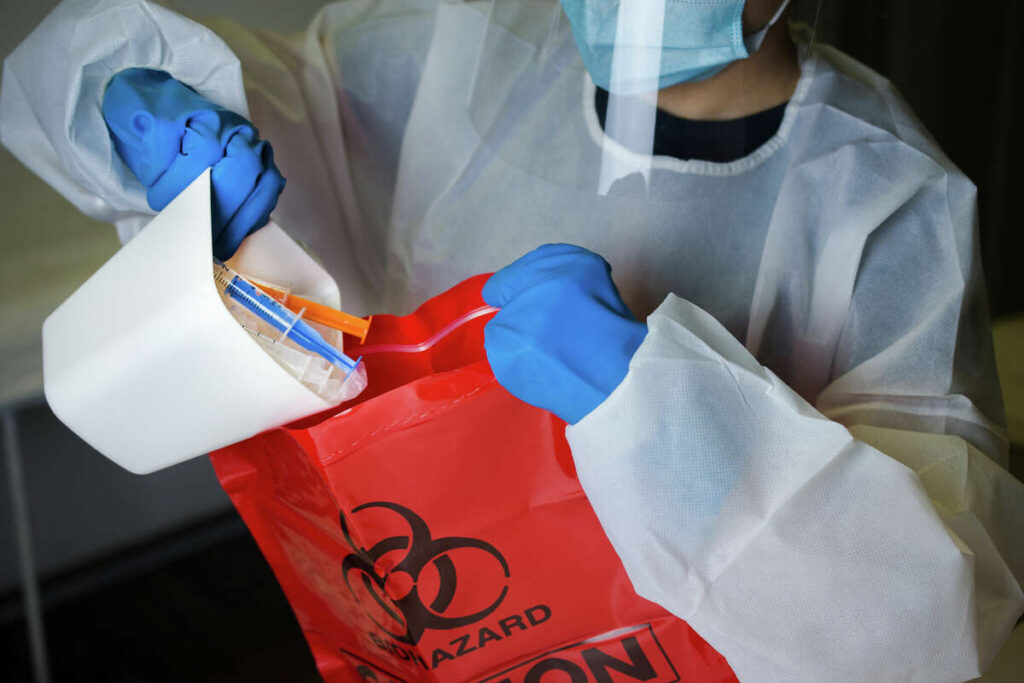
Reducing it is a critical component of any health business. With the rise in global population and diminished resources worldwide, it is more important than ever for health businesses to minimize their disposable medical waste.
Implementing strategies and tactics for reducing medical waste can help protect the environment, save money, and reduce the risk of hazardous materials entering public landfills. Here are some tips for managing and reducing healthcare related waste:
1. Evaluate what type is generated within your facility:
Many types can be classified as hazardous, such as sharps (needles), human blood and blood products, cultures, body fluids and contaminated animal bedding. Documenting these materials will help you determine where reductions can be made in order to lower costs associated with disposing of them.
2. Redesign packaging so that it takes up less space in landfills:
Redesigning packaging so that it takes up less space at disposal locations helps reduce environmental impacts associated with landfills. Additionally, some healthcare facilities have been able to resell used packaging rather than disposing of it thus helping generate additional revenue while reducing environmental impacts associated with manufacturing new packaging containers or bags.
3. Implement recycling programs:
Cultivating an effective recycling program helps keep potentially infectious materials out of landfills while creating new items from recycled goods like plastic containers or used medical equipment such as wheelchairs or hospital beds.
4. Proper disposal techniques for hazardous materials:
Develop an effective system to collect and store hazardous materials before properly disposing them through either incineration or deep well injection processes depending on the material’s classification under Federal regulations OSHA standards 29 CFR 1910-120 (the Hazardous Waste Operations Standard).
Conclusion
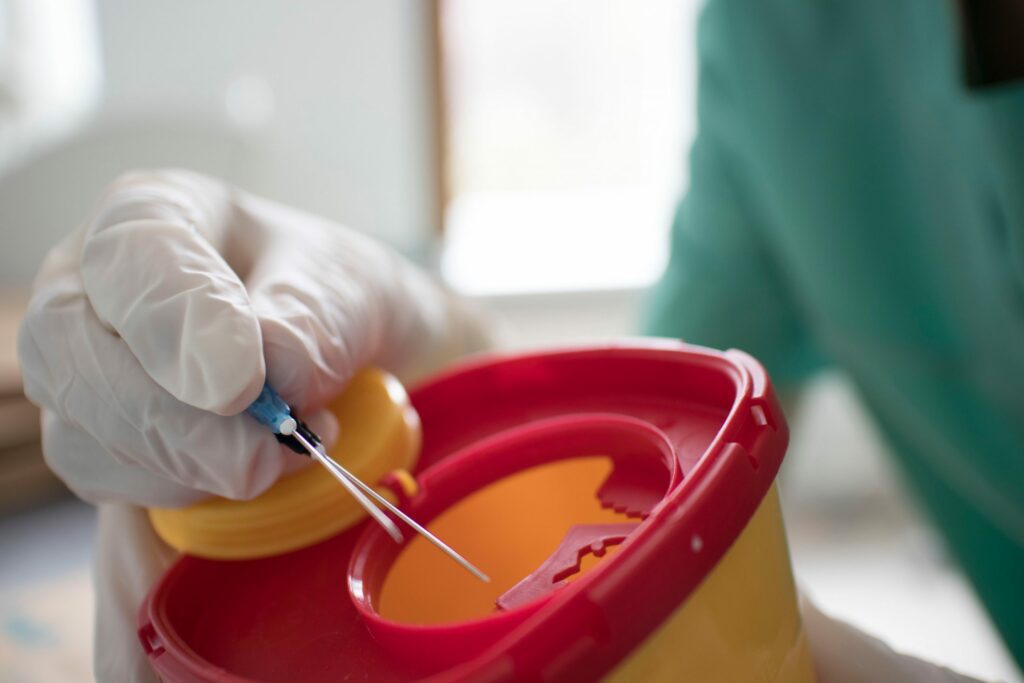
By effectively managing medical waste materials, health care businesses can reduce their environmental impact, decrease costs associated with disposal procedures, and protect their employees and customers from potential harm or infection. Implementing these tips can help ensure that medical wastes are handled properly and disposed of safely.

